6 Easy Ways to Start Tracking Macros
If you’re looking to start tracking macros after seeing success in Facebook groups, your friend or hearing about it in my emails – this is a great place to start. I’m going to simplify why counting macros work, how to calculate your macros, and how to quickly get started with tracking macros for beginners.
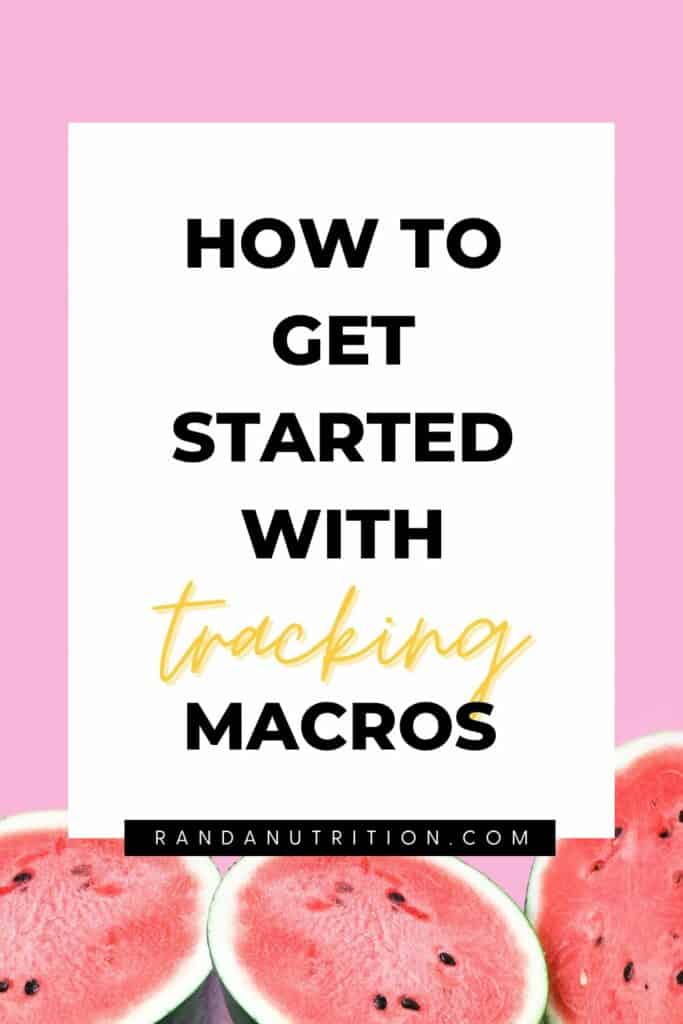
Disclosure: This post contains affiliate links for your convenience. As an Amazon Associate, I earn from qualifying purchases.
Why Macros Work
Macros are the easiest way to fast track your nutrition. Why? Because it takes off the pressure.
Macros don’t label foods as good vs bad, instead, they are what they are: macronutrients (carbs, proteins, fats).
It gives you flexibility with what you eat without feeling like you’re screwing up your eating plan and helps you realize that you can do this long term.
Whether your carb included whole grains like rice with dinner or some candy from the store, you stop stressing about the odd treat and start to understand what the food does for you.
For example: you may be super hungry again after the candy because your blood sugar spiked so you do that a lot less often than having a carrot or something with some nutrients (more vitamins and minerals).
Either way, you learn to relax a bit more around food and enjoy yourself. You’ll start enjoying smaller amounts instead of binging on treats because you know it’s always an option (at least that is what I have found with myself and my clients).
No more stressing out about going for lunch with your friends or taking the kids for ice cream.
How to Start Tracking Macros
Step 1: Calculate Your Macros
The first step to getting started with macros is to find out how much you should be eating and what your personalized macros are (how many grams of protein, grams of carbs, and grams of fat you need).
There are two ways to figure out your macros and get your macronutrient ratio:
- Find an online macro calculator. There are plenty of free ones if you Google it. You’ll have to find the one that fits best for you as they all offer different formulas. Some may you sign up for email lists, some have other ways to get your macros – but there are free options available.
- Want the formula I use for my clients? I created a macro calculator that calculates your macros in seconds. I’ve had 100% success with every single one. The macro ratios are balanced but I also have a few protein variations you can try. You don’t have to calculate your basal metabolic rate (BMR), total daily energy expenditure (TDEE), or calorie deficits or surpluses – the calculator does it all for you.
Download a Tracking App
There are a ton of apps you can use to track macros. I’ve tried most of them and narrowed it down to two (out of personal preference).
- MyFitnessPal
- Lose It
The best app for tracking macros is the one you can be consistent with.
Both have free versions and premium versions, but I feel like if you’re going to track macros, you need the premium subscriptions to have a more accurate count (although, I do have clients who use the free MFP and do just fine – make it work for your budget).
I compared the two here: MyFitnessPal vs Lose It App: Which is Best?.
Log What You Eat
Now that you have the apps, use them.
Simply start logging what you eat in their portions (ie: a cup of rice, 175g of yogurt, etc).
How to use a food tracker or food diary like MyFitnessPal and Lose It:
Want to save this recipe?
Both free versions come with a scanner, so if you’re using food or an ingredient that came from a box/jar, you can scan the bar code.
Most foods you eat will come from a search. Start typing what you ate (apple, peanut butter) and it will auto-populate with some options. You want to try to go for the verified foods and don’t forget to use the brand you’re using (Kraft peanut butter or Justin’s, etc).
Over time, the app will start to remember your go-to foods.
Start there, and then begin to explore the app, watch how-to videos, and make it work for you. I have a MyFitnessPal Basics course you can check out and I’ll add Lose It to the course in time.
Take It One Week at a Time
Here’s a secret to success with macros: it doesn’t have to be perfect.
Every client that works with me, goes through this in a step-by-step process and I recommend you do this as well, so you don’t get overwhelmed with something new and quit.
What do I mean by step by step? Let me lay it out for you:
Week 1: Get used to the app and only track your calories.
Week 2: This week you will focus on hitting your calorie target, along with your protein (I consider hitting your protein within 10 grams good enough). You’ll find you’re a lot fuller this week vs last. It’s a fun little experiment.
Week 3: This week you will add in carbohydrates and fats, because if you’re hitting your protein and carbs then you will hit your fats and vice versa. A little bit of healthy fats (ie avocado or olive oil) go a long way.
Week 4: Don’t forget fiber! Now that you’re getting used to tracking your carbs, proteins, and fats it’s time to look at your fiber and hit that target. Fiber is important! Here are 8 Easy Ways to Up Your Fiber Intake.
CALCULATE YOUR MACROS IN SECONDS

Ready to calculate your macros in seconds?
Stop guessing and flip-flopping between diets. Finally have a roadmap with this proven method!
This spreadsheet makes figuring out your macros, a piece of cake.
Tools for Tracking Macros
In all honesty, you don’t need much. Your typical kitchen supplies to cook, but since you’ll be upping your protein intake things like protein bars, and protein powder makes things easier. Here is what I suggest:
- Food Scale. This is more accurate than using measuring cups, quicker, and creates fewer dishes.
- Protein Powder. Whether it’s whey or plant-based, protein powder is great in smoothies, oats, muffins, etc.
- Protein Bars. I love these for busy afternoons, when I’m out and about, or when I want something sweet before bed. This is the brand I buy from and if you use the promo code RANDA you save on Built Bars.
- Probiotics. Probiotics are always a good idea. I’ve been using Seed for a while now and feel great. Use code RANDA to save 15% on your first order.
- Sweet Eats. This cookbook for Breanne Freeman is excellent. I have a copy and if you have a sweet tooth and want high protein recipes, check this out.
You can find so much recipe inspiration online, here on Randa Nutrition, or by searching Instagram with hashtags like iifym (if it fits your macros), #highproteinrecipes, #macrorecipes, etc.
Lean proteins like poultry (chicken and turkey), fish, are always good to have on hand.
Other foods you may want to have for your meals are beans, salmon, sweet potatoes, quinoa, rice, and even cheese (cheese lovers rejoice). The key is portion control and you’ll learn that as time goes on.
Stay Hydrated
Don’t forget to drink water and stay hydrated. This helps with food cravings, flushing out the excess sodium from the weekend, improving the look of your skin, and so much more.
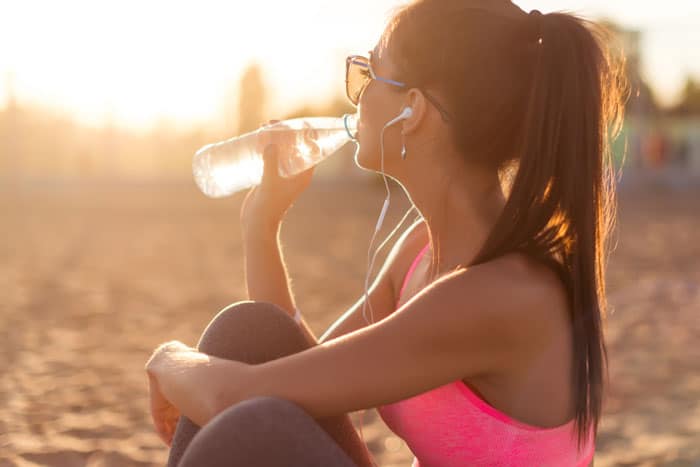
Take your weight, divide it by 2 and that’s your minimum water in ounces (depending on your weight, I don’t suggest you drink 200oz of water). You’ll need more if you live in a warm climate, sweat a lot, etc. If it’s too much, increase it every day until you’re used to it and your urine is see-through/translucent and not a deep or dark yellow.
Need help upping your water intake? Here are 8 Ways to Drink More Water.
The Secret to Success with Tracking Macros?
The key to getting started with counting macros the right way is to just start.
Whether your goal is weight loss, maintenance, or muscle gain: you’re not going to be perfect and that’s fine! Start with these simple tips and you’ll get better as you go on. Give yourself permission to slip up. It’s how you learn what works best for you.
Don’t forget to download the guide below for more tips on getting started with macros.



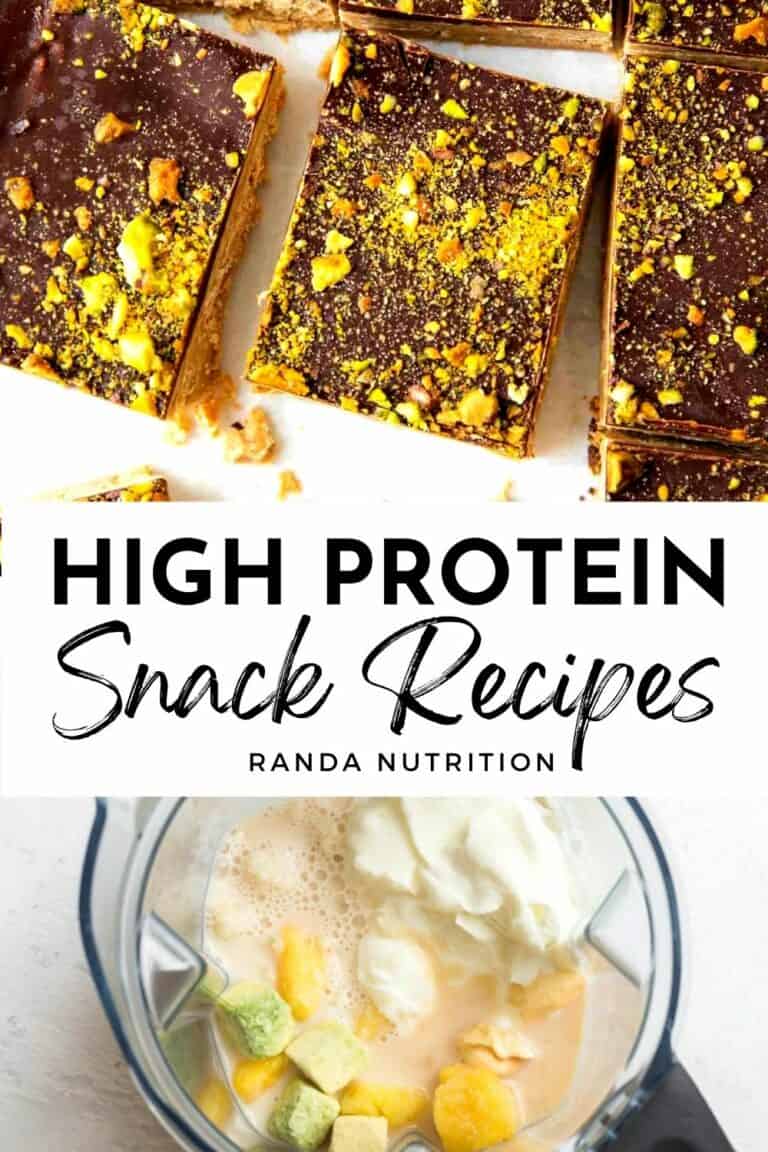
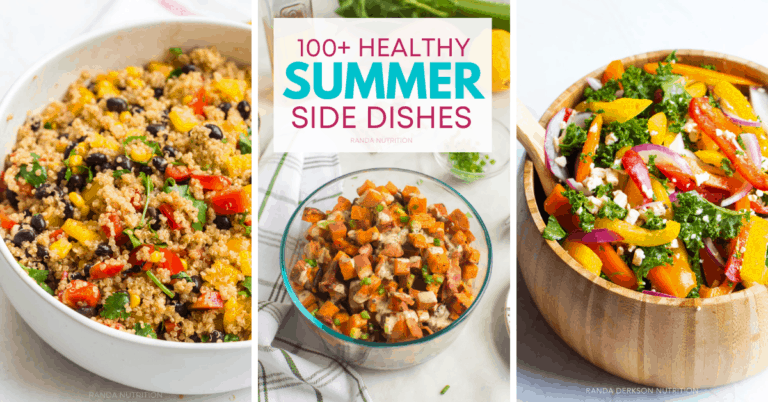
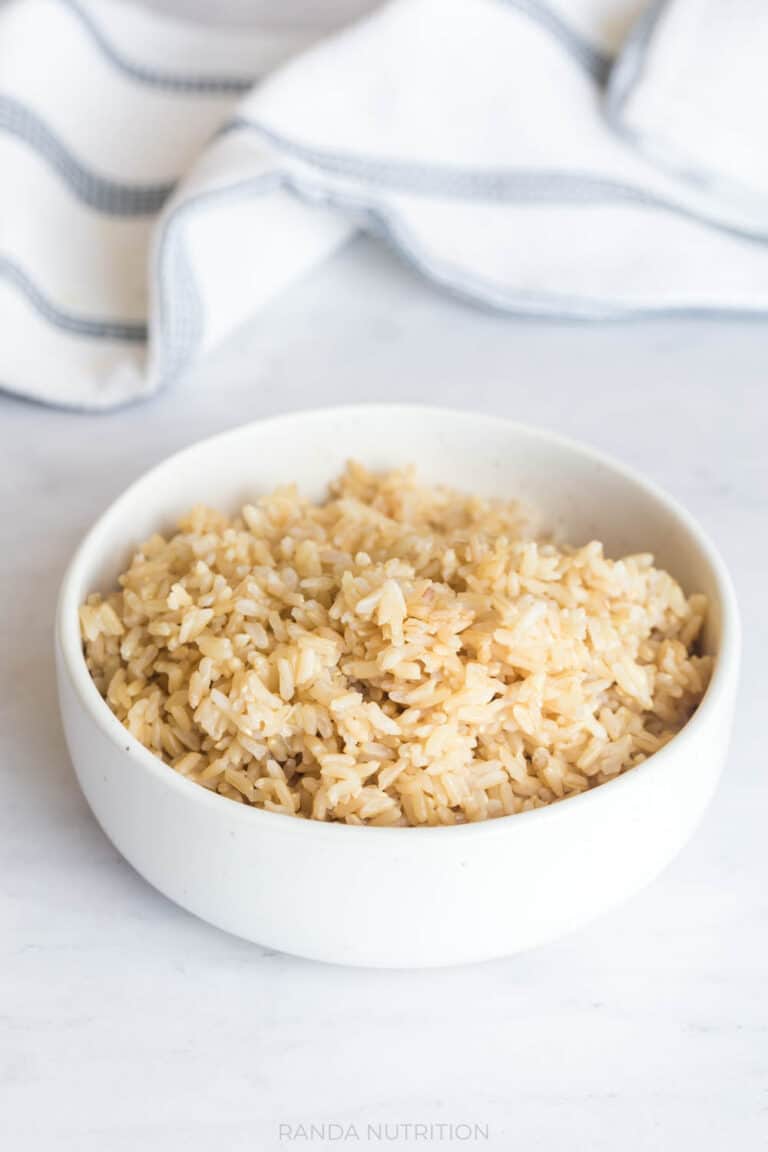
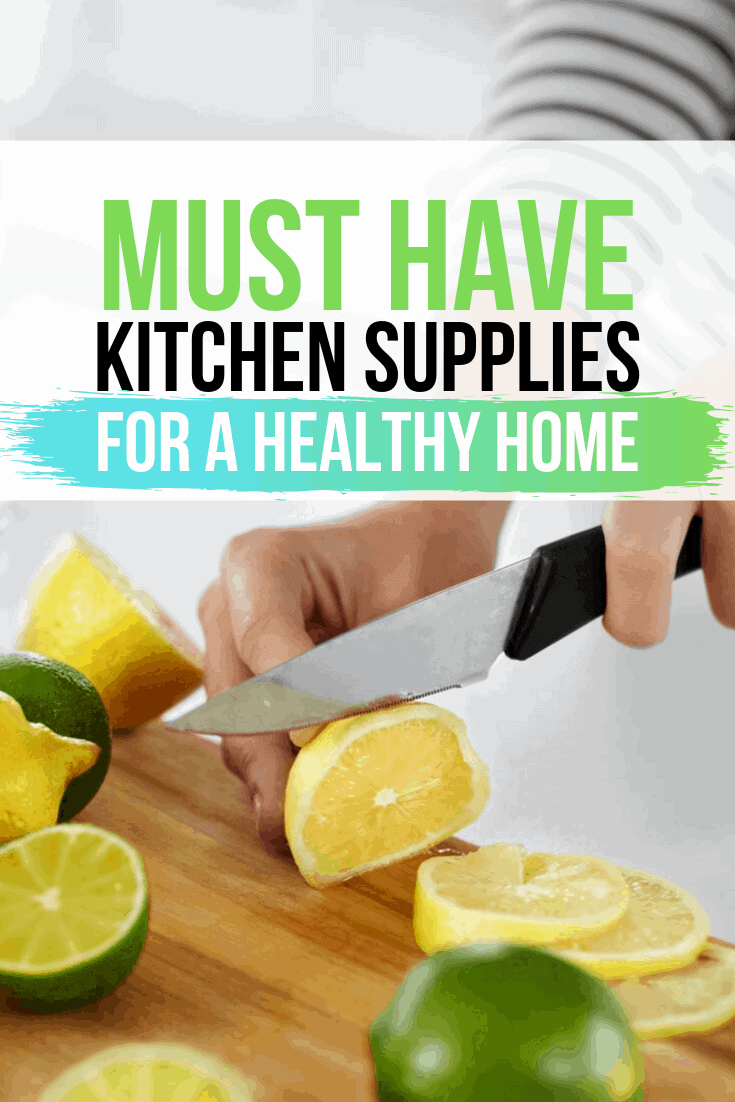
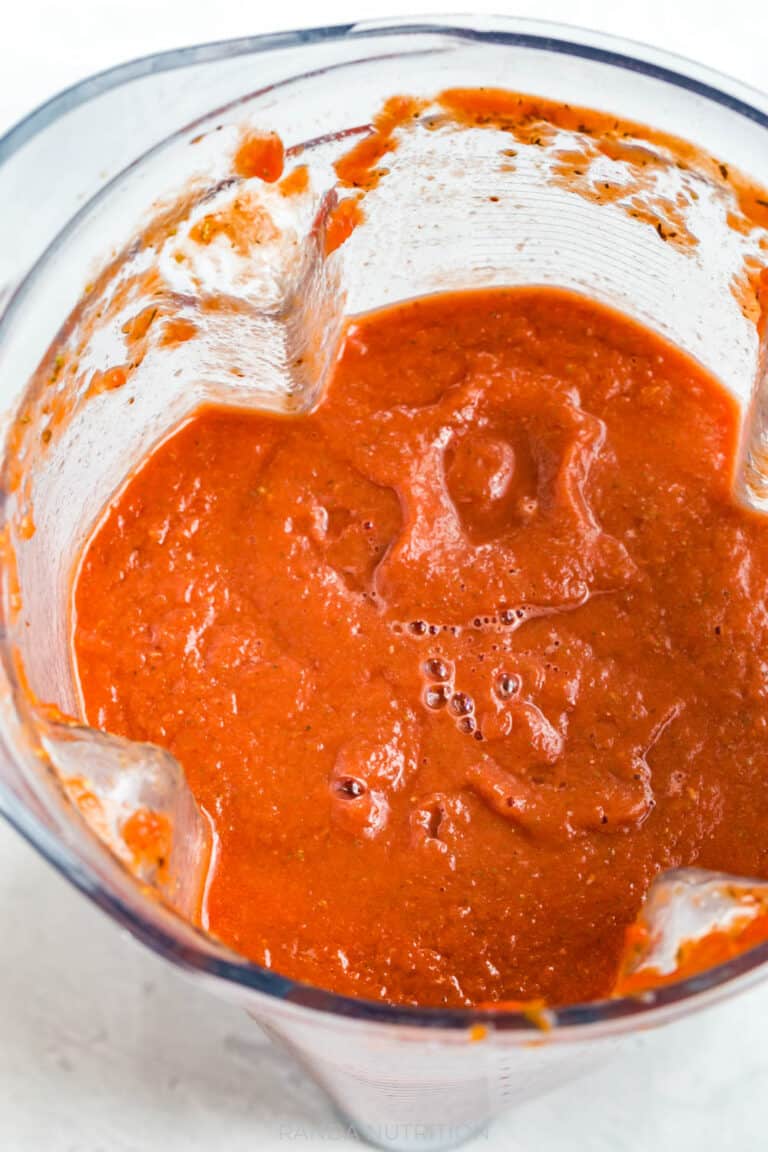

Randa
Thank you for this information I am grossly overweight & just overwhelmed with dieting. Have always wanted to learn how to just count macros and get my portion and food choices under control so I can create a healthier lifestyle. This gave me inspiration insight & hope. I wish I had more of your information to keep me heading down the right diet path.
Thanks again,
Sandra
I’m so glad that this has helped you Sandra! Have a wonderful day.